When a train or wild dogs approaches, the device will emit an increasing signal
Scientists at the St. Petersburg State Electrotechnical University named after V were able to amplify and “visualize” sounds that could theoretically harm a blind person .AND. Lenin (LETI). They have created an electronic navigation device that will allow people with partial or complete loss of vision to better navigate in space, just like bats do.
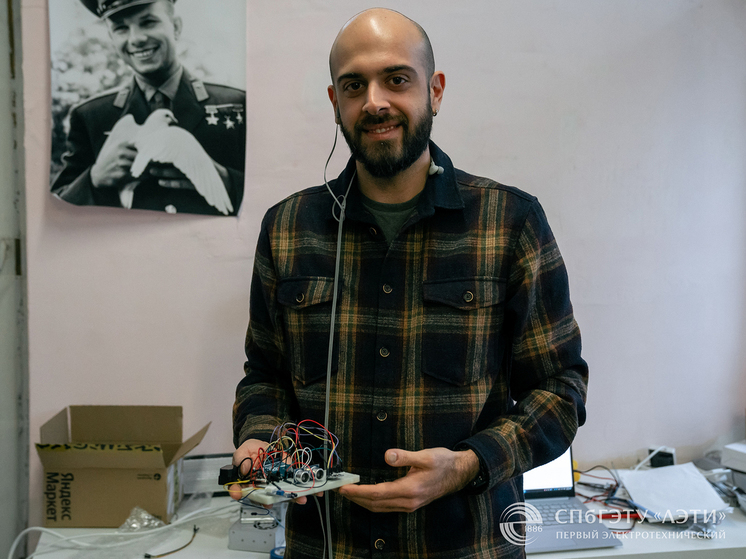 Assistant of the Department of Biotechnical Systems of St. Petersburg State Electrotechnical University Dimitrios Palogiannidis. Photo courtesy of LETI.
Assistant of the Department of Biotechnical Systems of St. Petersburg State Electrotechnical University Dimitrios Palogiannidis. Photo courtesy of LETI.
For people with visual impairments, hearing plays a major role in spatial orientation. The sensitivity of the hearing aid helps them assess the localization of a sound source in the environment. However, although it potentially works better for people with visual impairments through everyday experience, in environments with a lot of sounds, it can be difficult to identify those that signal danger.
University specialists have created a method that helps such people better identify them and estimate distances to them.
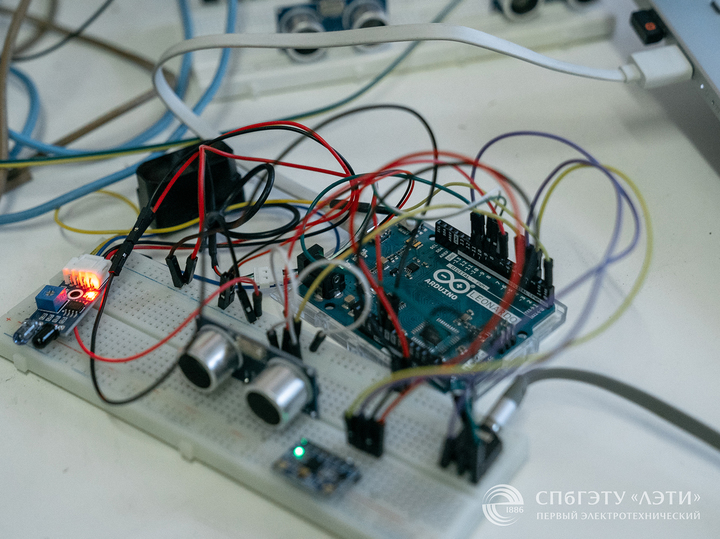 Device prototype. Photo courtesy of LETI.
Device prototype. Photo courtesy of LETI.
The new navigation device works like a bat echo sounder, sending sounds of a certain frequency towards a noisy highway or barking dogs. After such a sound wave is reflected, the device uses it to determine the distance to the object and informs the blind person about this with a sound signal. As you approach a dangerous object, the device automatically increases the volume to warn of impending danger.
For now, the device can amplify signals from one potentially dangerous object. In the future, at the request of a visually impaired person, their number may increase to 2-3.







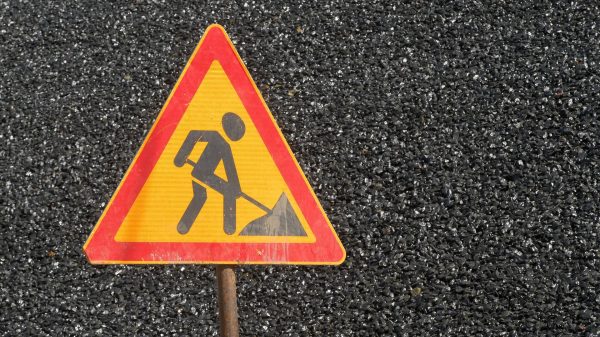



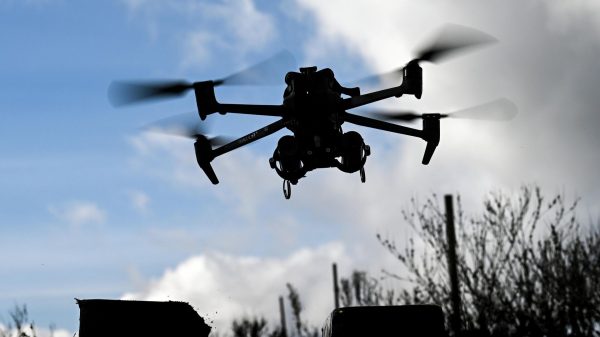






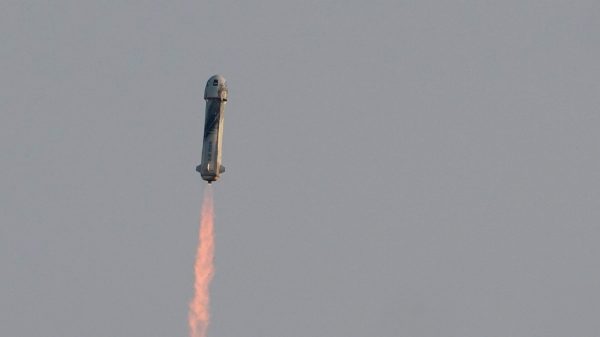














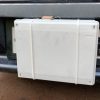
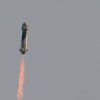


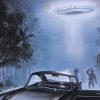















Свежие комментарии